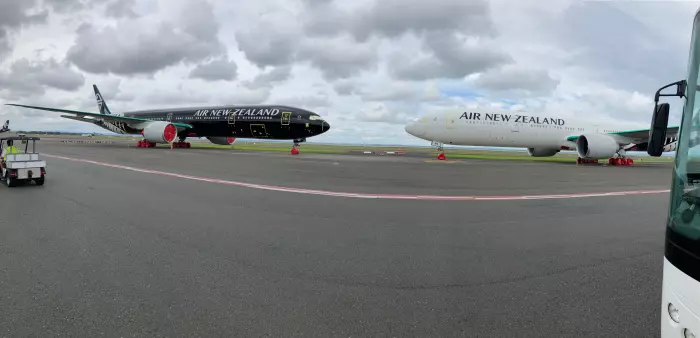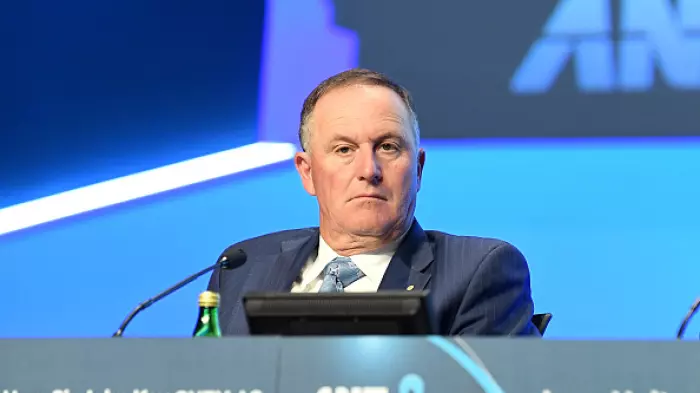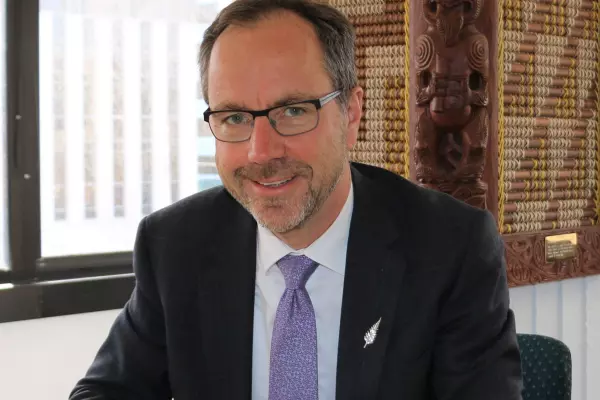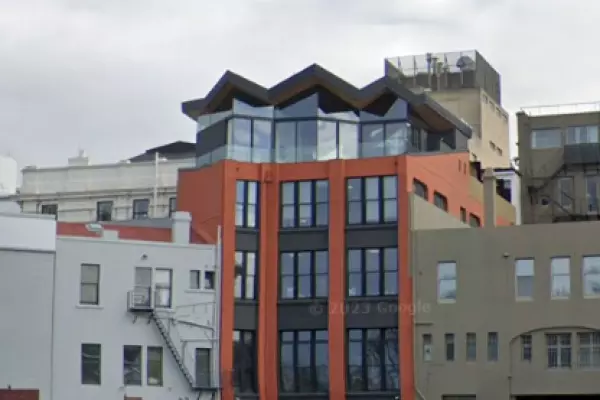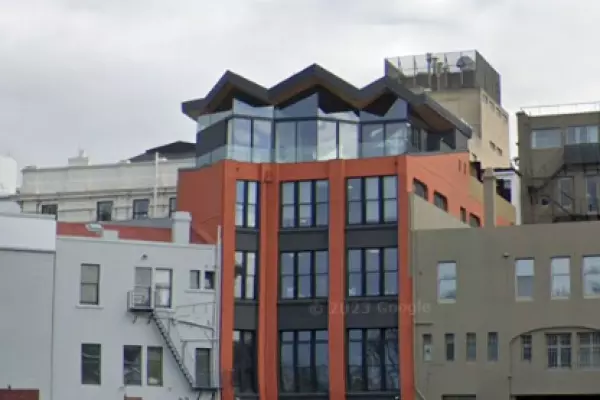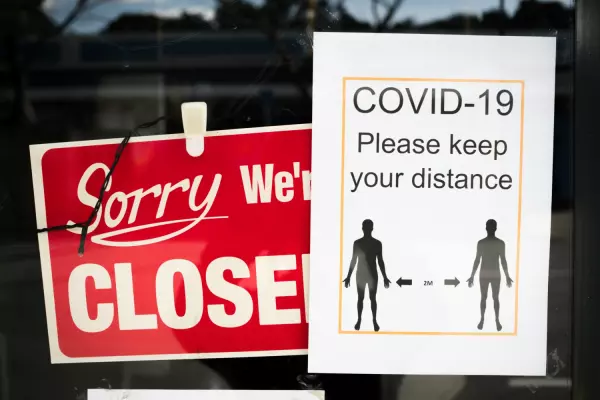Airways New Zealand’s plans to ground air traffic services from regional airports have largely crashed and burned as the Civil Aviation Authority (CAA) balks at the removal of manned towers.
In April 2020, in the midst of covid lockdowns, the navigation service signalled it would shut down traffic control services at seven regional air traffic towers with attendant job losses for traffic controllers.
As it stands all seven, including towers at Hawke’s Bay, Gisborne, New Plymouth, Rotorua, Invercargill and flight information services at Kapiti Coast and Milford Sound, remain operational.
Independent aeronautical studies on safety requirements at both Hawke’s Bay and Milford reinforce a need for continued navigational services and the NZ Airline Pilots Association (Alpa) at least, expects similar findings across the outstanding studies on the remaining five aerodromes.
CAA aeronautical services manager Sean Rogers said the authority endorsed retaining aerodrome flight information service for pilots flying into and out of Milford Sound Piopiotahi Aerodrome.
“Visitors to the region enjoy the natural wonders Milford Sound provides from the air. The bespoke elements of the aviation environment, such as its isolation, terrain, and rapidly changing weather conditions make for challenging conditions for flying and to operate an aerodrome.”
In proposing the closures last April, Airways chief executive Graeme Sumner cited travel restrictions related to covid-19 and said the locations under review represented low traffic volumes in any event.
He noted it wasn’t unusual for NZ aerodromes to operate without a full air traffic control service, as was the case in KeriKeri, Hokitika, Taupo, Whangarei and Timaru.
But Alpa, which represents the interests of air traffic controllers, said it was clear Airways was putting “cost savings ahead of the safety of the travelling public and its own members”.
Kneejerk response
Association president Andrew Ridling, who has been a vocal critic of Airways’ proposals, suggesting they were a “kneejerk response to the temporary covid issue”, said the association is also now confident systems will remain in place at the remaining airports' post CAA review.
Ridling said each of the towers presented part of the blanket coverage across the country’s network. “If you cut one of the legs off, you undermine all of it.
“The question is why Airways didn’t understand that beforehand. What these reviews have shown, is that they don’t understand their own safety systems.”
Under last year’s lockdown conditions, Airways was paid a $5.5 million government wage subsidy for its 783 employees but said it needed to shave about 30% off its costs. That resulted in a reduction in its staffing levels by 110 people. The government provided an equity injection of $70m and a further $37m supplement to airlines to subsidise Airways' fees, under its $600m aviation support package.
Local air traffic bounce
Sumner said he expected it to take up to two years for air traffic volumes to recover to just 60% of pre-covid levels.
Now, with eased domestic travel restrictions and the opening of two-way quarantine free travel over the Tasman, airports across the country are back at 88.5% of pre-covid levels. Of those with international terminals, Wellington is at 89%, Christchurch at 87% with Auckland – the most reliant on international travellers – at 65%.
Ridling said most of the regional pilots who’d been furloughed during covid had now been redeployed, with about 600 ATR and Q300 pilots serving “very busy” regional airports.
Also operational were 450 long haul pilots flying B787s and another 380 short-haul pilots, flying A320s.
International still an issue
That was about 300 less than pre-covid pilot numbers, reflecting international services that had been provided by Virgin Australia and still reduced service from Air NZ.
Investment firm Forsyth Barr, meanwhile, believes it will take until 2026 before the international air travel market gets fully back to near 2019 passenger levels.
That was after a modest start to the trans-Tasman bubble, with quarantine free passenger numbers down about a third on the same period in 2019, at about 37,000 travellers for the first week of the bubble.
In its latest aviation report, analysts Andy Bowley and Scott Anderson said it expects airline capacity to build over the coming months with higher demand around school holidays and the ski season.
But the analysts note the bubble has been “far from plain sailing since opening” in reference to the intermittent travel “pauses” which have so far impacted travel between NZ-Perth and NZ-New South Wales.
The opening of the Hong Kong to Singapore bubble later this month also reinforced the importance of internationally standardised vaccine passports, they said.


